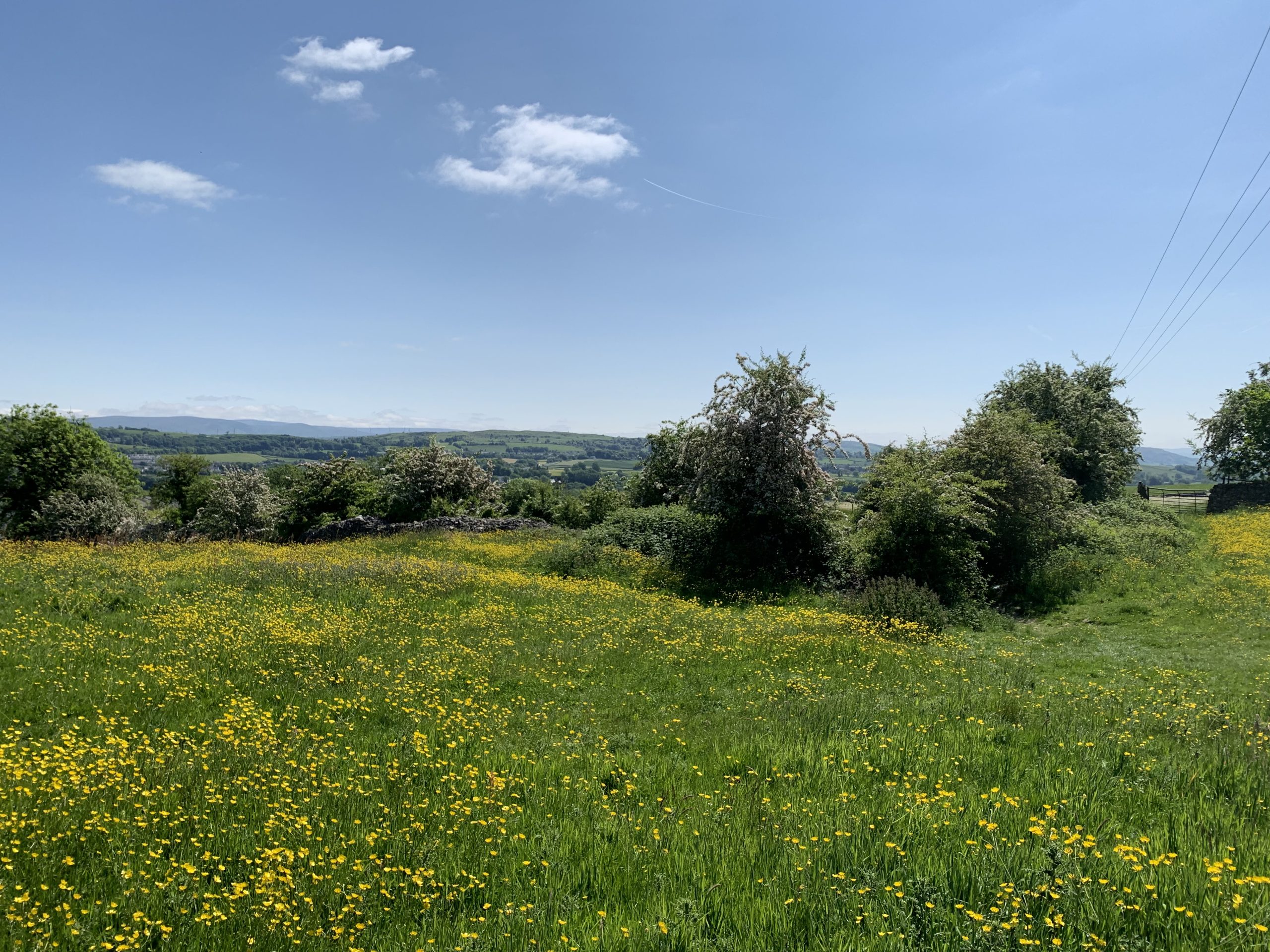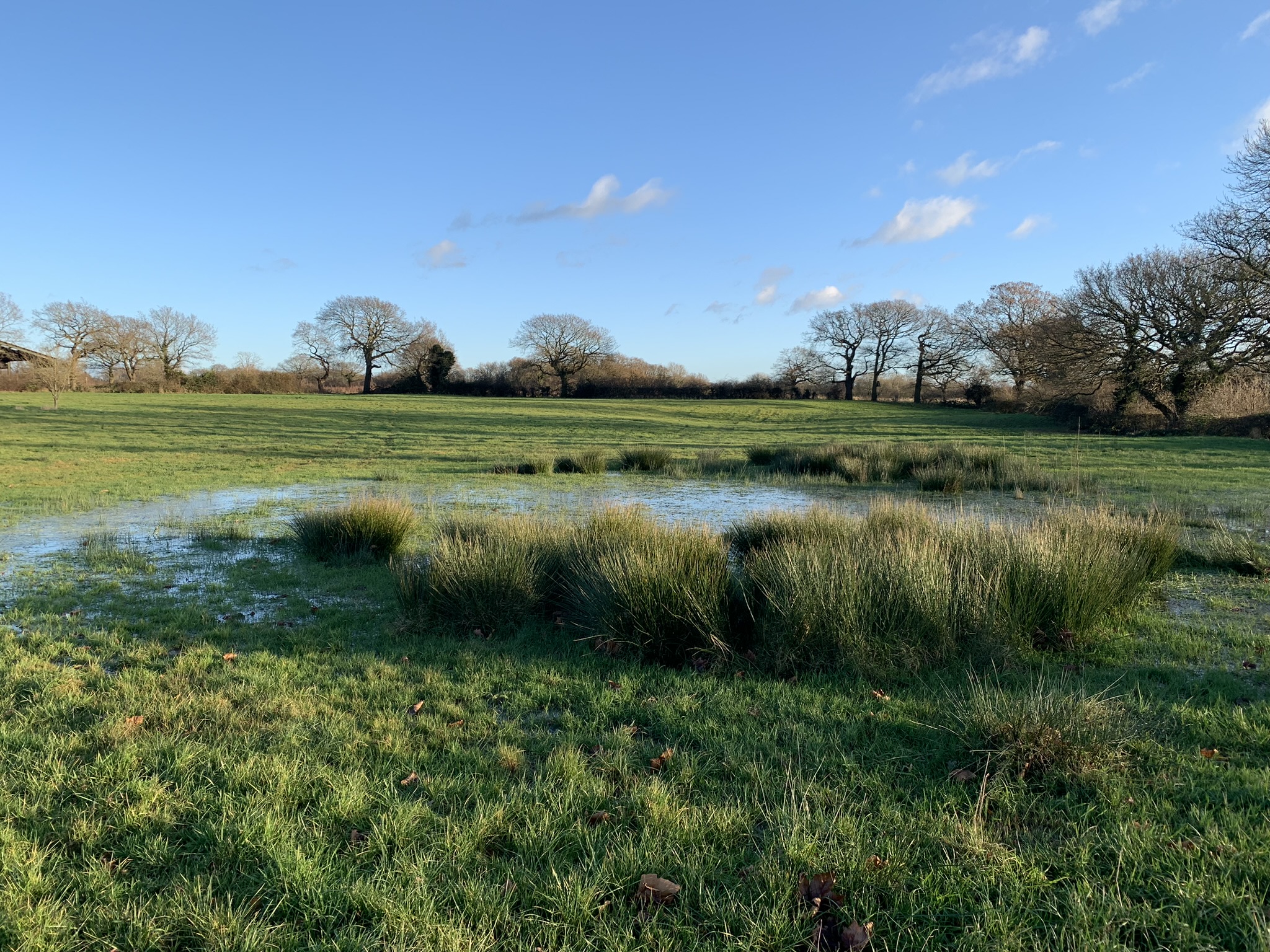- 8 Aug 2024
When is off-site BNG required?
When a developer cannot achieve the mandatory 10% net gain onsite.
Note: off-site means ‘outside the red line/development boundary’ of a site. This includes any habitat within the blue line/ownership boundary.
Where should off-site mitigation be achieved?
Off-site mitigation can be delivered anywhere in England, however; the Statutory Biodiversity Metric incentivises off-site mitigation close to a development.
If the off-site mitigation site is located within the same Local Planning Authority (LPA) or National Character Area (NCA) as the development, the value of the units produced is not reduced in any way.
However, the off-site mitigation site is located within a neighbouring LPA or NCA to the development, a 0.75 multiplier will be applied to the unit value produced, meaning that more units will need to be purchased. For mitigation sites outside of neighbouring LPAs or NCAs, the value of units is halved within the BNG metric (0.5 multiplier applied); therefore, twice as many units will need to be purchased.
LPAs may also recommend areas for off-site mitigation, such as areas identified within Local Nature Recovery Strategies.
Where can biodiversity units be purchased from?
There are a number of different options for finding and securing habitats:
- directly from a landowner
- from a habitat bank operator
- through a broker
- from a trading platform
- from your LPA (if they provide this service)
In addition, landowners can either enhance an existing site that they own (provided it is not already secured under a separate planning agreement) or purchase new land to create their own habitat bank. This may be particularly beneficial if a developer has multiple developments within an LPA/NCA area which will likely require off-site mitigation.
When should off-site units be purchased?
Off-site units do not have to be bought before applying for planning permission. However, it is recommended that an agreement is in place with an off-site provider to avoid delays.

How are off-site units legally secured and allocated?
Off-site mitigation sites must be secured with a legal agreement (Biodiversity Gain Plan), setting out how habitats will be created/enhancement, managed and monitored for at least 30 years.
A legal agreement can either be a section 106 agreement with the LPA or a conservation covenant with a responsible body. A list of responsible bodies can be found here: https://www.gov.uk/government/publications/conservation-covenant-agreements-designated-responsible-bodies/conservation-covenants-list-of-designated-responsible-bodies
The site must also be registered on the Natural England Biodiversity Gain Sites Register.
Off-site units are allocated to a development through the Biodiversity Gain Sites Register. Units can only be allocated to a development once planning has been approved, and they will need to be allocated before the Biodiversity Gain Plan is approved.
To reduce delays once planning has been approved, developers should ensure that off-site mitigation sites are registered on the register prior to submitting for planning.
What is the Biodiversity Gain Sites Register?
The Biodiversity Gain Sites Register is a public register, managed by Natural England. All sites delivering off-site BNG mitigation must be registered. The register will include details of the habitat units available on each site (either created or enhanced) and will record which developments they have been allocated to.
What is required for registration?
For a site to be registered onto the Biodiversity Gain Sites Register, the following information and documents are required:
- Title deeds or lease agreement
- Imagery indicating the land boundary
- A legal agreement that secures the land for 30 years (S106 or conservation covenant)
- Completed Statutory Biodiversity Metric Tool
- A Habitat Management and Monitoring Plan
- A local land charge certificate
If a third party is registering the site on behalf of the landowner/lease holder, written authorisation from the landowner/lease holder is also required.
All applications are reviewed and assessed by Natural England.
What are the fees and timelines for registration?
Registering a site on the Biodiversity Gain Sites Register costs £639 per site, which is set by legislation. Fees must be paid within 28 days of uploading information onto the register.
The current processing time for applications is 6 weeks.
Applicants will be given the opportunity to amend the application – amends must be provided within 3 months of rejection.
Allocating an off-site mitigation site to a development through the Biodiversity Gain Site Register costs £45 per development.
